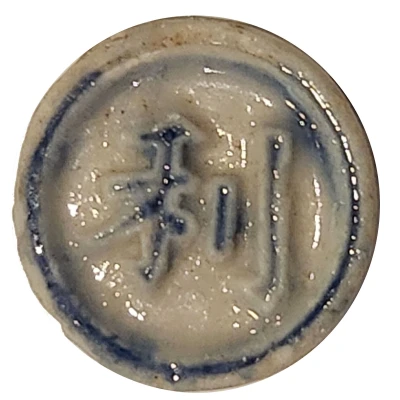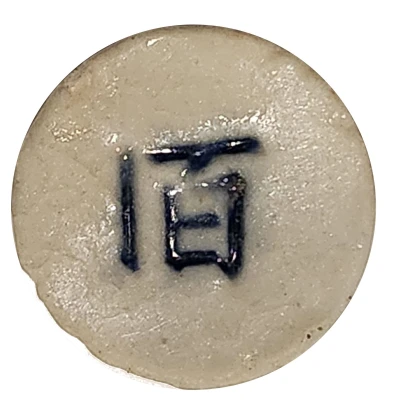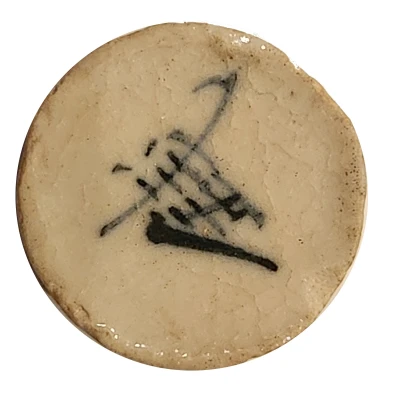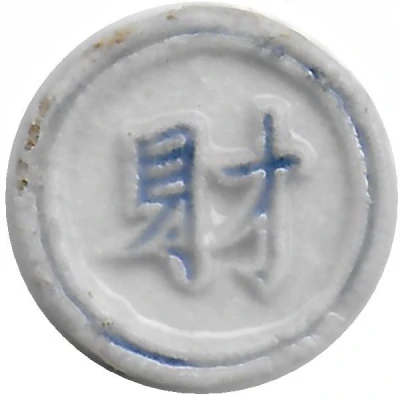
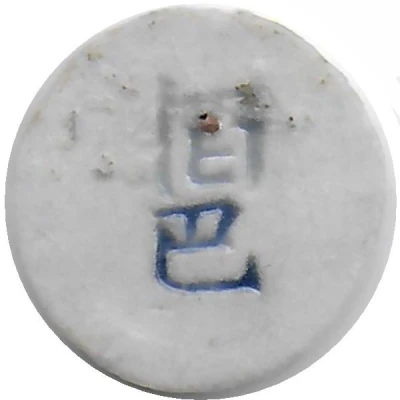

100 Pai - Siamese Gambling token ND
| Porcelain (Blue colorized) | 1 g | 14 mm |
| Location | Thailand |
|---|---|
| Type | Utility items › Counter tokens |
| Years | 1800-1875 |
| Composition | Porcelain (Blue colorized) |
| Weight | 1 g |
| Diameter | 14 mm |
| Thickness | 3 mm |
| Shape | Round |
| Technique | Coloured |
| Orientation | Variable alignment ↺ |
| Demonetized | Yes |
| Updated | 2024-11-14 |
| Numista | N#409322 |
|---|---|
| Rarity index | 97% |
Reverse
"100 Pai" in incused Chinese characters.
Script: Chinese
Lettering:
佰
巴
Translation: 100 Pai
Edge
Plain
Comment
Porcelain gaming tokens were first used in Siam as counters for a game called Fantan in Chinese-run gambling houses known collectively as Hong. Over time they came to be used as a substitute currency within the hong owners' districts and were known as pees. The pees were easier to use than the silver bars that served as legal tender in Siam at the time. It is believed that thousands of designs were created, in many various shapes and sizes. After a period of time the issuing Hong would recall the tokens and they would be declared valueless, resulting in a substantial profit to the issuer.
There was often a shortage of small change in Siam. Porcelain gaming tokens, issued by Chinese owned gambling houses were widely used as money in Siam during the 18th and 19th century. Eventually the King of Siam introduced modern coins to the country and the use of pees as currency was outlawed. The tokens did not disappear quickly, however. They were used as an underground currency into the 20th century.
